Why Is the World Green?
We take it for granted that the world is as green as the Garden of Eden. Yet, this greenness is remarkable. Consider the multitude of herbivores, pests, and pathogens that consume and destroy vegetation. Why are herbivores not turning the world brown?
Scientists have found the answer to this paradox in two complementary processes. Plants evolve anti-herbivore defenses over time, and predators suppress herbivore populations. In the absence of predators, herbivores strip away vegetation that lacks defenses. When this happens, plants that are unpalatable displace those that are palatable.
The biblical Garden of Eden had neither thorns nor carnivores. The absence of birth and death in Eden could have allowed it to be green anyway. By contrast, birth and death put constant pressure on populations in our world. Our ancestors turned to agriculture to ease these population pressures. They tilled the soil, seeded, fertilized, irrigated, weeded, and harvested. Millennia of farming have made this approach to managing vegetation ingrained. We naturally turned to these mechanical and chemical methods for restoring ecosystems. For example, volunteers have spent countless hours weeding invasive plants at nature preserves. Frustratingly, like Sisyphus struggling to roll a boulder up a mountain every day only to see it roll back down in the evening, weeding cannot keep up with the rate at which invasive plants spread. Nor can mechanical and chemical methods stop the spread of non-native pests and pathogens that are killing millions of trees. This realization is demoralizing. It has led many conservationists to give up on restoration.
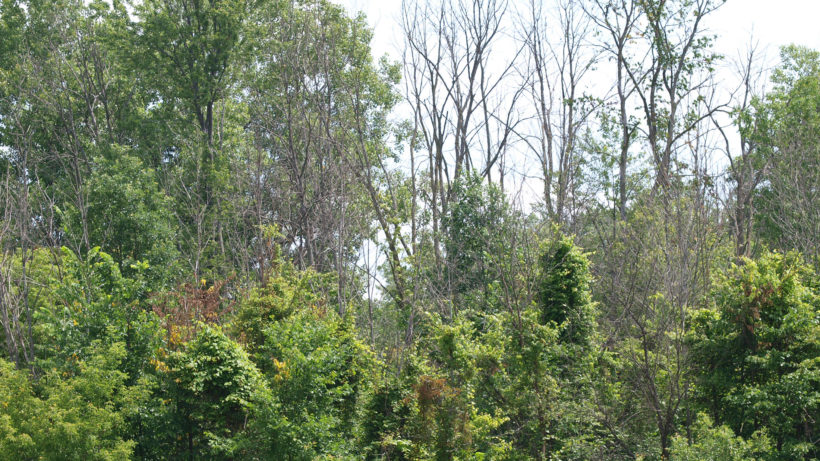
Should we give up when the damages of invasive species are mounting? If only we had a clever trick to get someone else to do the hard work for us. We need someone that can work more quickly and effectively than people can. What we need is the solution that nature has employed to keep this planet green long before humans arrived. We need to use the evolution of plant defenses and herbivore population control by natural enemies to restore ecosystems.
Invasive species populations grow exponentially putting conservationists at a considerable disadvantage. By introducing disease-resistant selections of native plants or a specialized natural enemy of a pest, conservationists can also take advantage of the incredible power of exponential population growth. We will have a solution that can go viral.
Intervening in natural processes like invasion can feel uncomfortable for ecologists. Even so, pragmatic conservation organizations have a long tradition of taking strategic action. Below we discuss the advantages of such an approach using the invasive emerald ash borer as an illuminating case study.
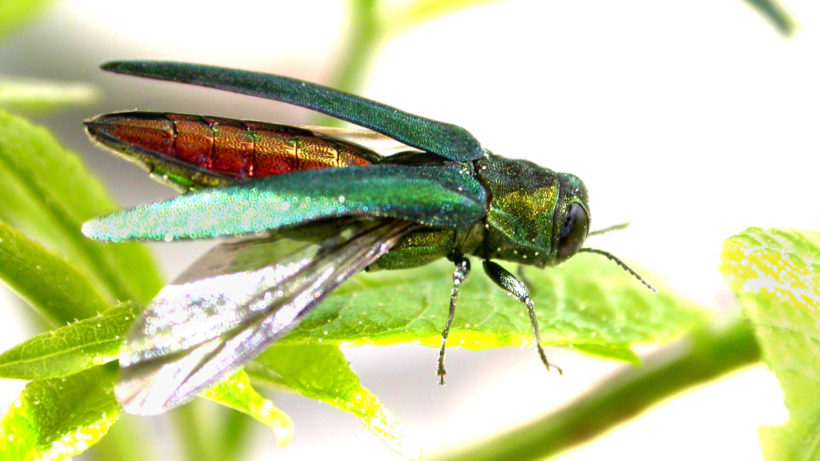
Emerald Ash Borer
Emerald ash borer is a wood-boring beetle from China. It was accidentally introduced in Michigan in the late 1990s and has spread throughout most of the northeastern United States since then. Emerald ash borer threatens not just ash dominated forests but also about 100 species of specialized insects that depend on ash. It has already killed between 50 and 100 million ash trees. That loss is equal to 100,000 hectares (250,000 acres) of mature forest, or 15 million tons of carbon, or the annual carbon emissions from 3 million cars. If a landowner offered to sell a 100,000-hectare forest for a million dollars paid in installments over 10 years (the typical cost to develop a new biological control), conservation organizations would act. Clearly, developing effective biological controls for the worst invasive pests offers great value.
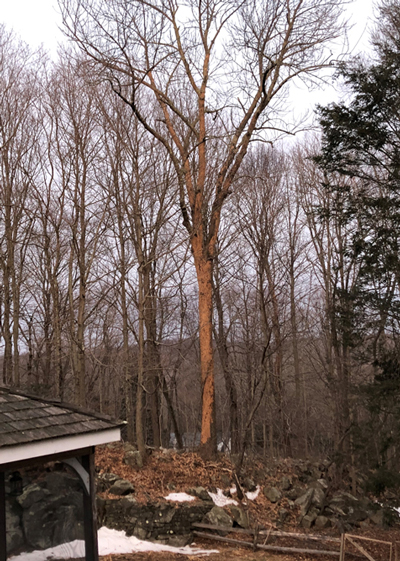
The emerald ash borer’s distribution will double or triple in the coming decade. Chemical or mechanical tools cannot stop this spread. Attempts at eradication failed because adults can fly long distances. Wood movement quarantines slow, but do not stop spread to new areas.
It is not too late to make a difference in this invasion’s impact. Emerald ash borer does not affect ash populations in its native range of eastern China and the Russian Far East. Asian ash species have some resistance to the pest. In its native range there are also specialized micro-wasps that kill the pest’s eggs and larvae. These micro-wasps are called parasitoids and are not to be confused with the large wasps that occasionally sting people. Parasitoids lay eggs inside a specific host insect where their larvae develop and hatch, thereby killing the host.
The USDA APHIS has introduced three larval parasitoids and one egg parasitoid of emerald ash borer into North America. Researchers chose these parasitoids because host range testing revealed them to be safe, tractable to rear, and promising for biological control. Emerald ash borer larvae in ash have declined by almost 90% in Michigan research plots where parasitoids established. These parasitoids together with native woodpeckers are protecting small ash trees. Protecting mature ash requires larger parasitoid species that can reach larvae under thicker bark. The new biological control Spathius galinae is such a larger parasitoid wasp. Release of Spathius galinae began in Massachusetts, Connecticut and New York in 2016.

Efforts to protect ash are just beginning in most parts of the country. Recently, The Nature Conservancy has participated in releases of emerald ash borer parasitoids. Its scientists helped identify infested ash in Connecticut River Valley floodplain forests. Stewardship staff partnered with state and federal agencies to do releases.
Sometimes releases of biological controls suffice to suppress an invasive forest pest. Winter moth and larch case bearer are examples. In other cases, increasing the resistance of the host tree is also needed to reduce impacts. Dutch elm disease is an example. Decades of propagating and testing surviving American elms has discovered some disease-tolerant trees. Application of this approach to ash is in the beginning stages at the USDA Forest Service. As that program makes progress, pest-resistant ash seedlings may become available for planting.
Emerald ash borer was recently discovered in Colorado. We can expect it to reach neighboring states soon. New species of ash and ash-dependent insects will be harmed there. For example, Gooding’s ash is an endangered species occurring only in Arizona and Mexico. The parasitoids released up to now may not establish in western North America because of climatic differences. New research in drier parts of emerald ash borer’s native range may help. For example, a population of emerald ash borer was recently discovered in northwestern China.

How Can We Best Help Protect Forests?
At present, pests and pathogens are the leading threat to temperate forests. Even climate change will likely have its greatest impact on temperate forests via outbreaks of pests and pathogens. Pests and pathogens threaten not just forest biodiversity but also their huge carbon stores.
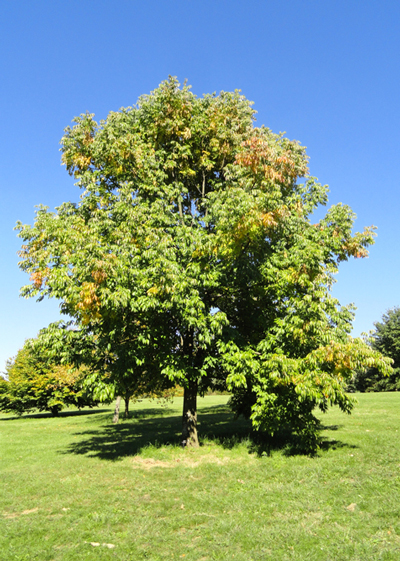
What You Can Do
- Reduce this threat by supporting disease-resistance breeding and biological control programs.
- Promote awareness of the invasive species threat, and the advantages of biological control and disease-resistance breeding in addressing this threat.
- Support increased investment in these solutions by state and federal agencies.
- Report survivor trees that have been exposed to an non-native disease multiple times. For instance, researchers have set up a website for reporting exceptionally large surviving American elms.
- Participate in planting new varieties of disease-tolerant trees, or in releases of biological controls with your local conservation group. For example, The Nature Conservancy has identified new infestations of emerald ash borer in Connecticut and is helping state agencies in releasing biological controls at those sites. The Nature Conservancy’s Connecticut River Program has also planted hundreds of disease tolerant American elm selections in its floodplain forest restoration projects.
- Finally, you can donate to biological control or disease resistance projects at conservation organizations. Biological control and tree breeding present two complimentary strategies that offer exceptional value.
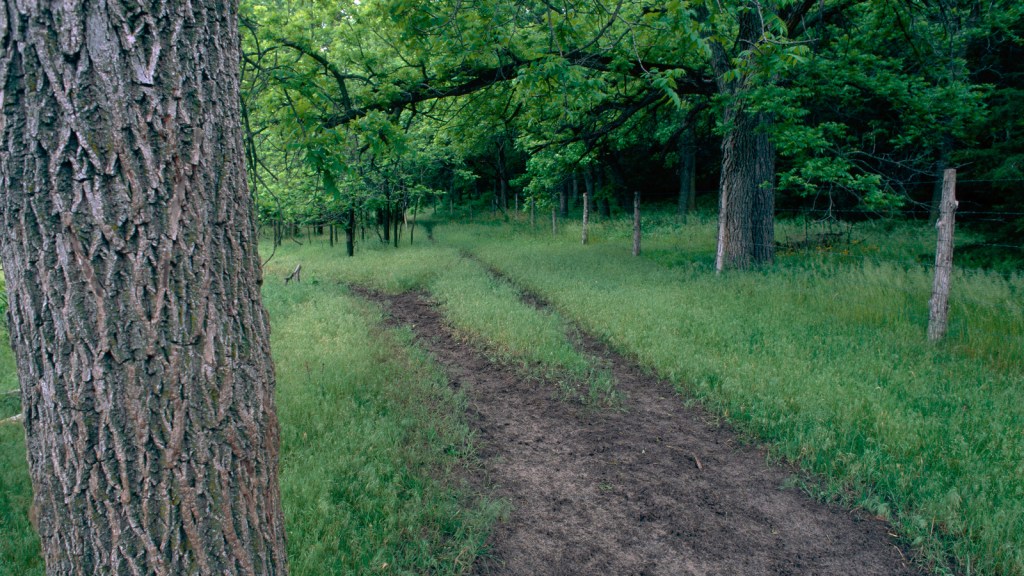



Join the Discussion